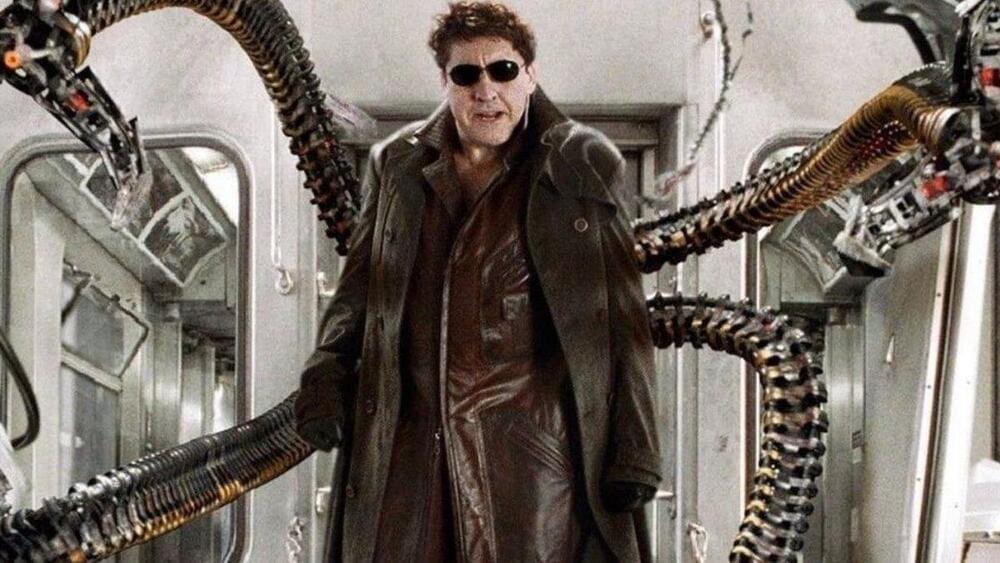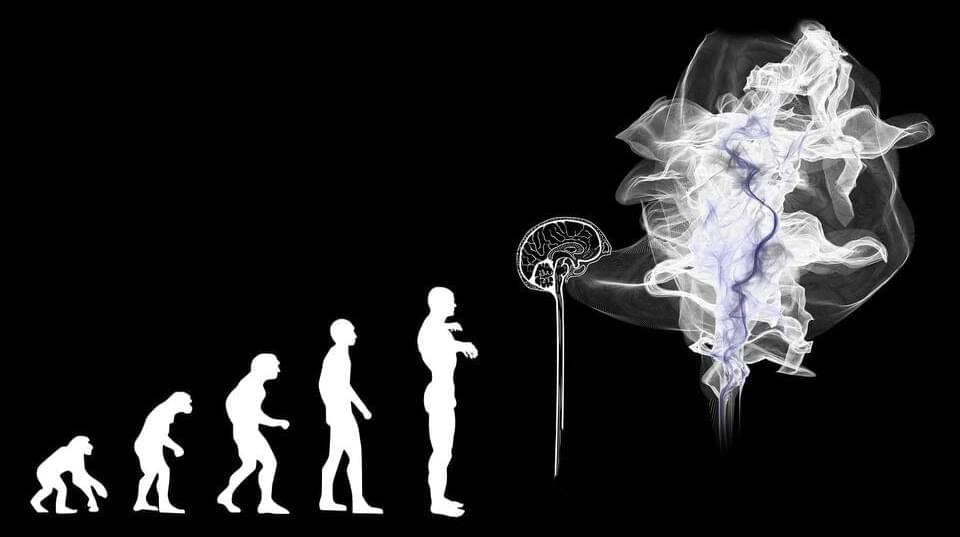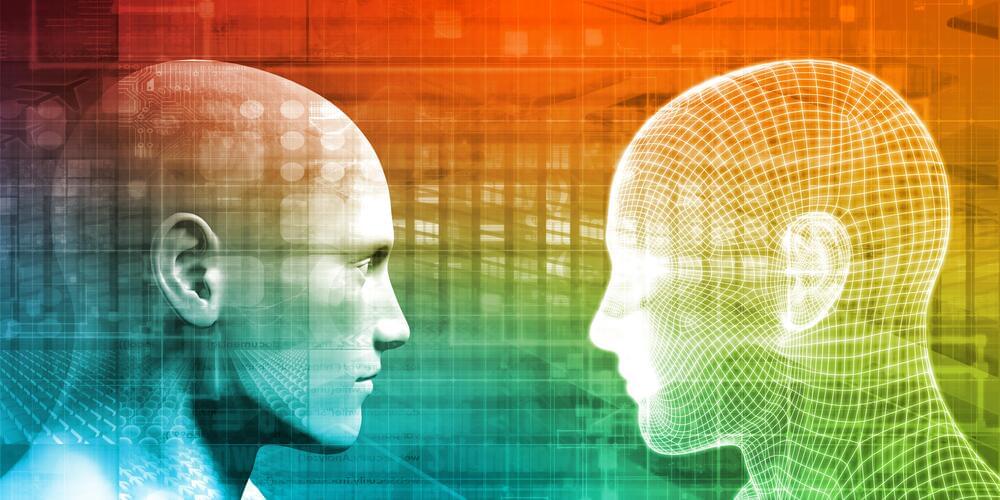The modern electric vehicle renaissance has been hampered from day one by the physical limitations imposed by the current state of battery technology. Inefficiencies in the form of heavy battery packs and low power densities have long limited not just the range and performance of EVs but the very forms they can take — there’s a reason Tesla started with a Roadster and not a Cybertruck. But steady advancements in power systems over the past few years — alongside skyrocketing demand for larger, electrified vehicles which cater to the US market — has led to a watershed moment in 2021: the emergence of EV pickups and SUVs.
Yes, we all know the Model X exists and Tesla “did it first” — spare me your tweets — however, the sheer number and variety of new, pure EV pickup and SUV models either ready to hit the showroom floor or in active development is staggering compared to just a few years ago. Let’s take a look at some of this year’s standouts.
GM is betting big on its proprietary Ultium battery technology, investing $35 billion in self-driving and EV technologies through 2025. The company has also announced that it intends to sell 30 EV models by the end of 2025 and EVs exclusively after 2035 with the 1,000 horsepower GMC Hummer EV serving as its vanguard offering.







